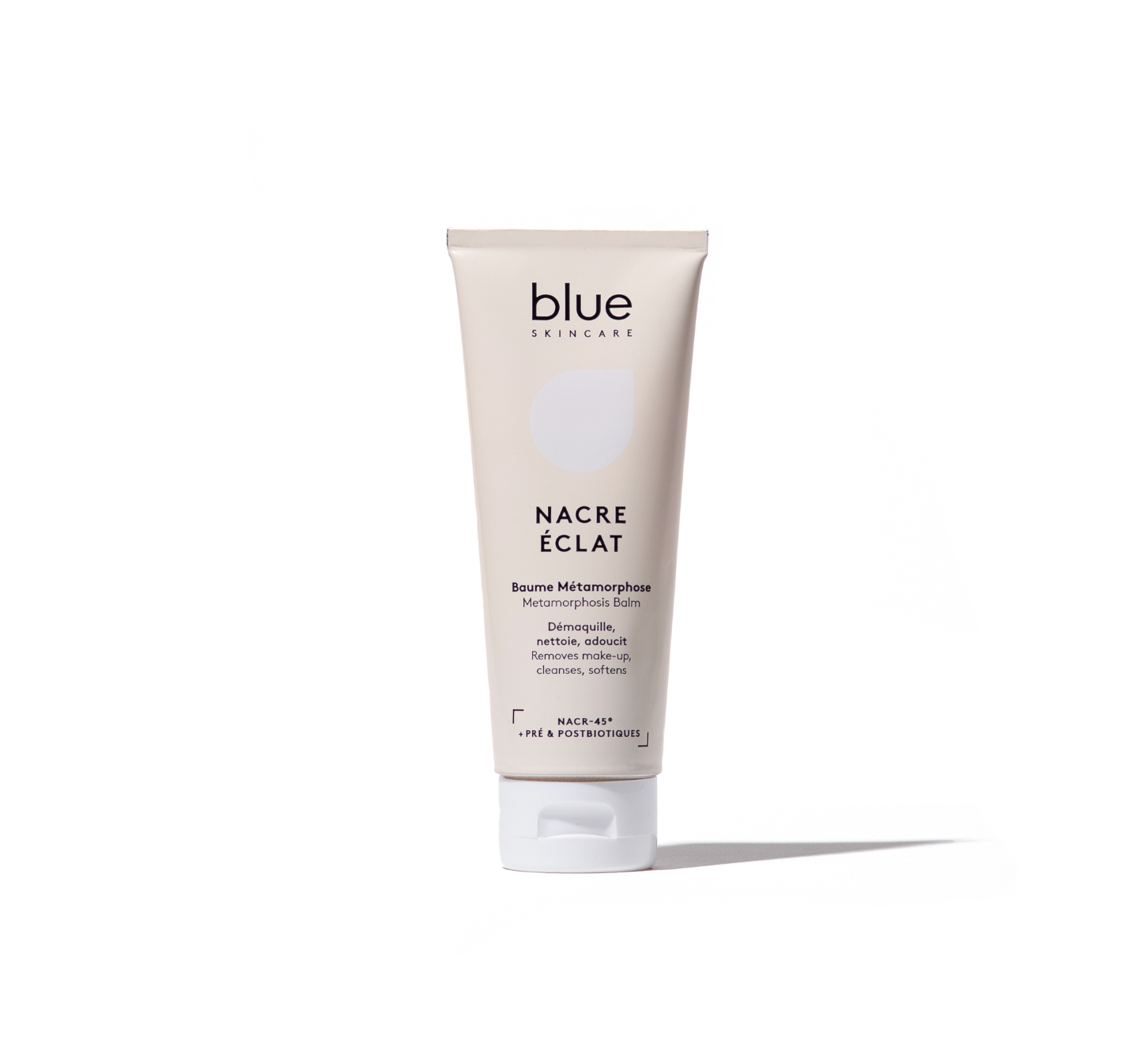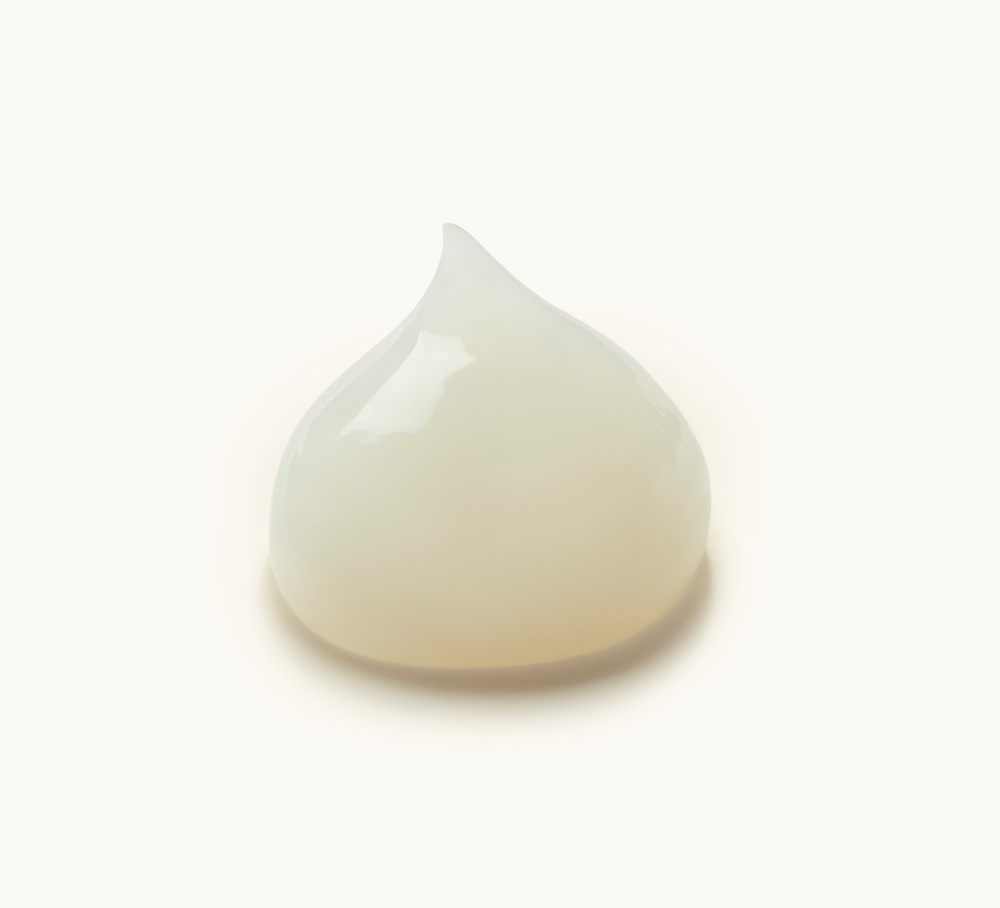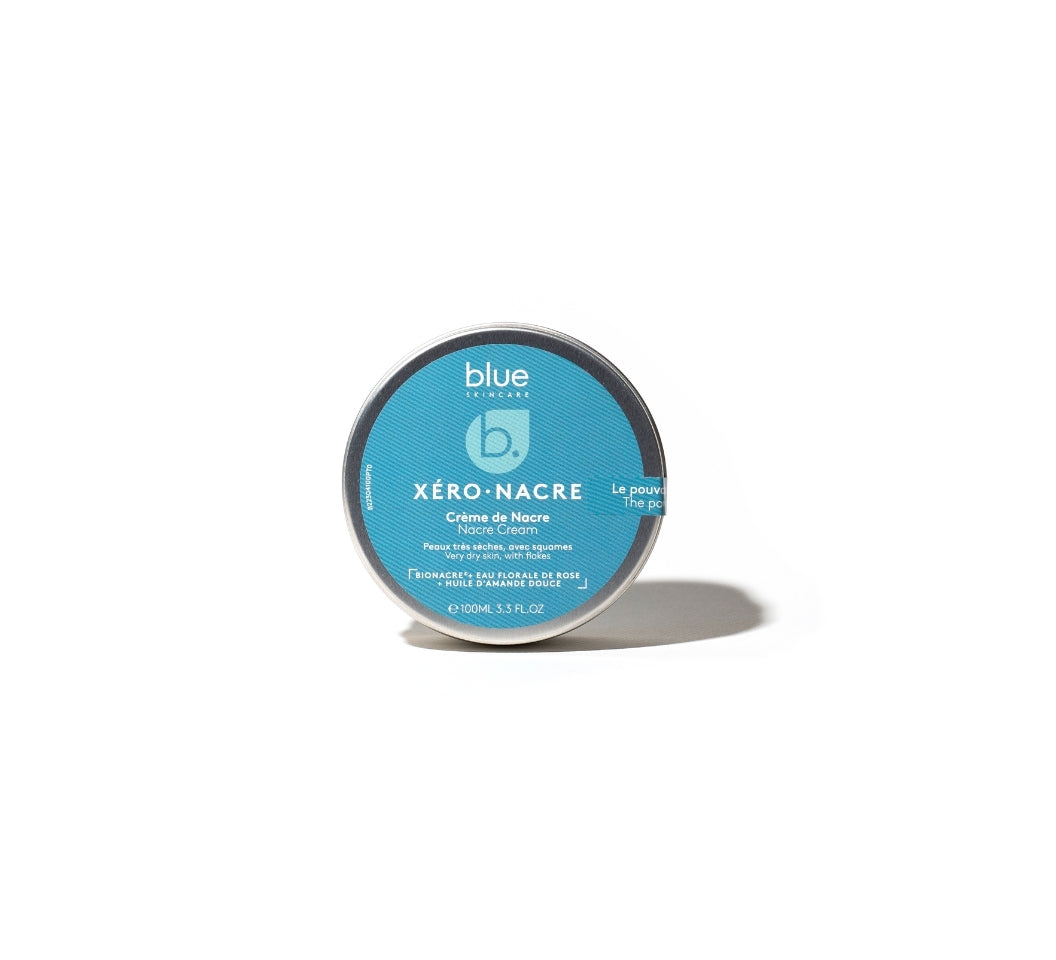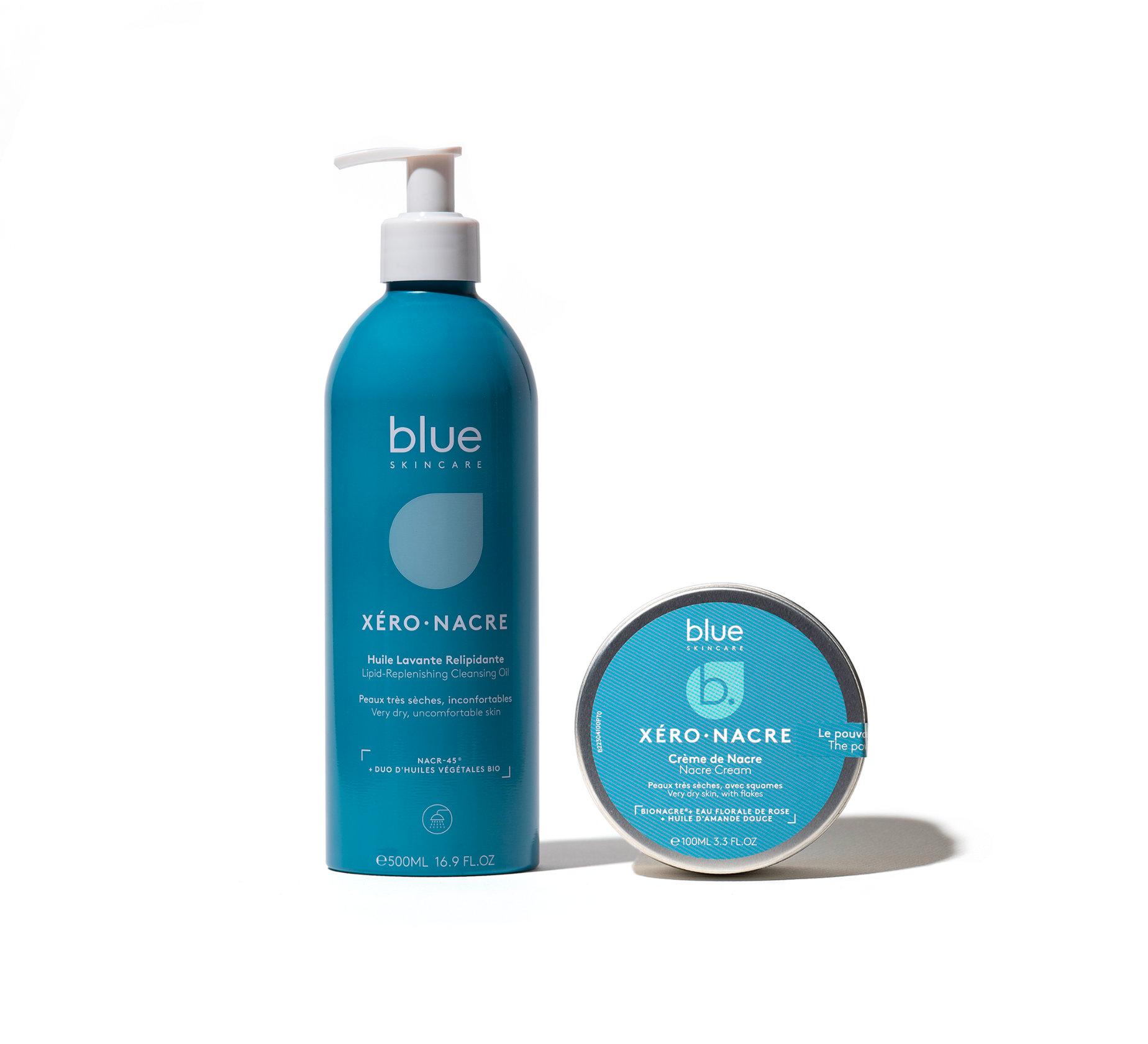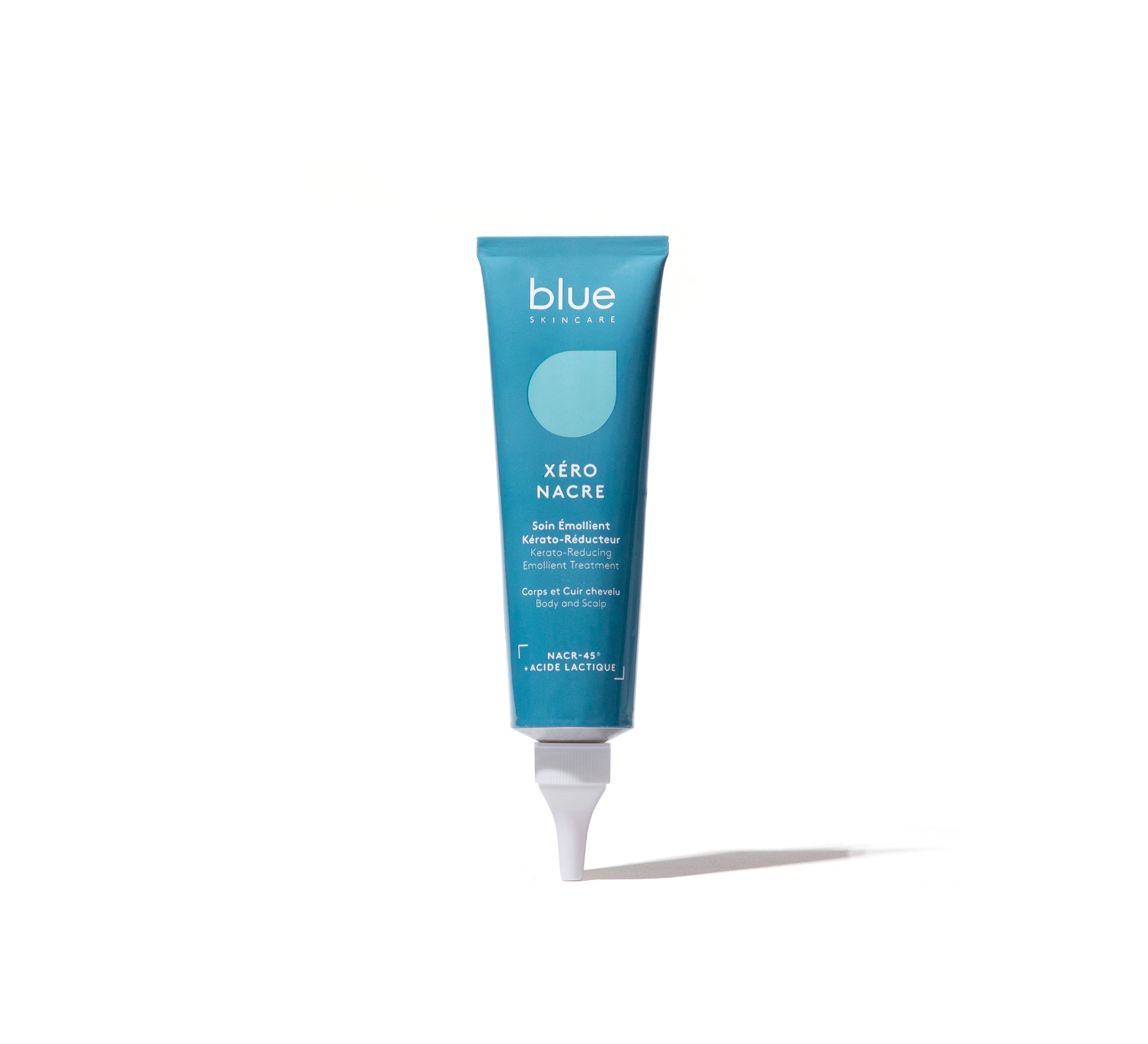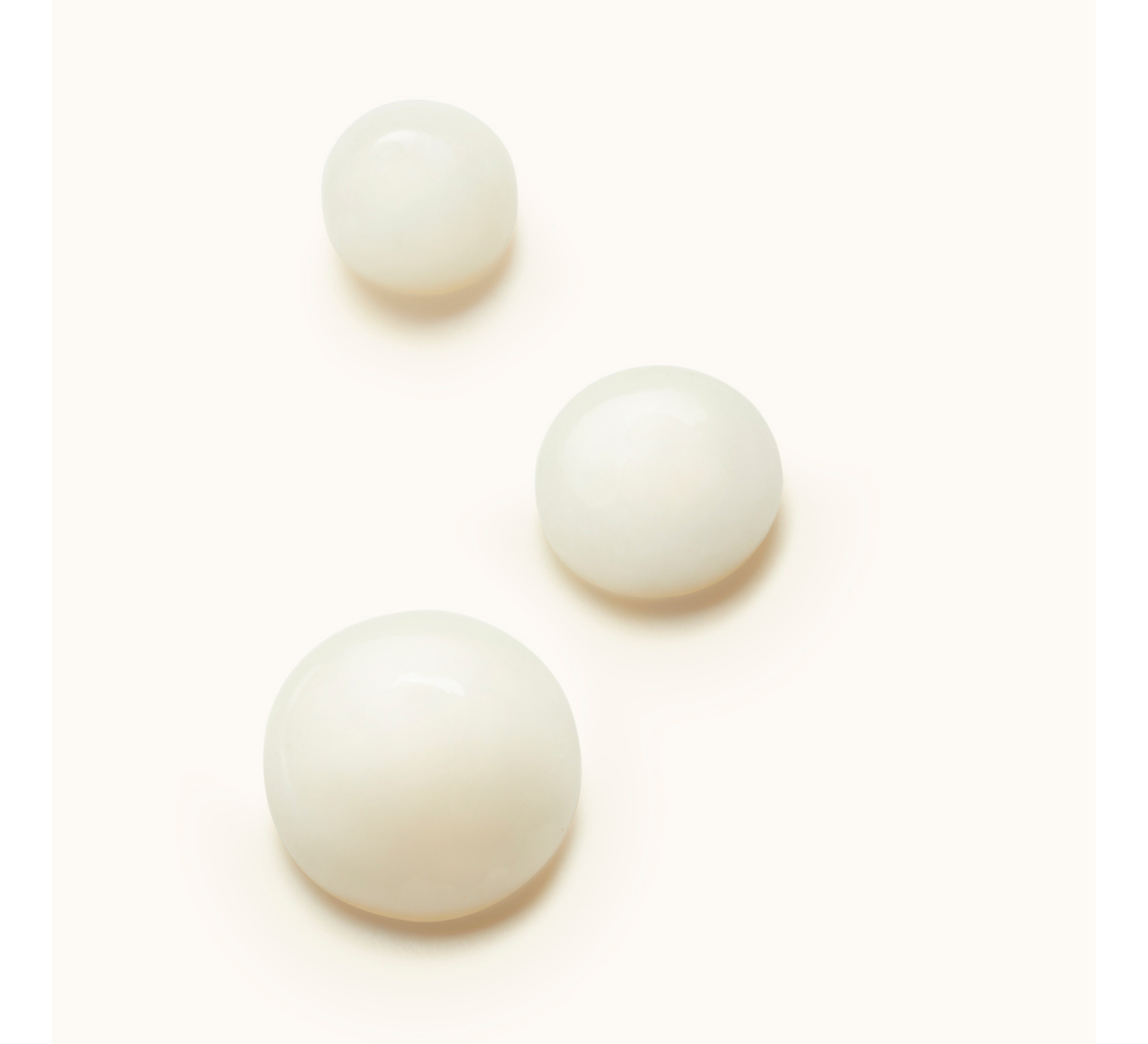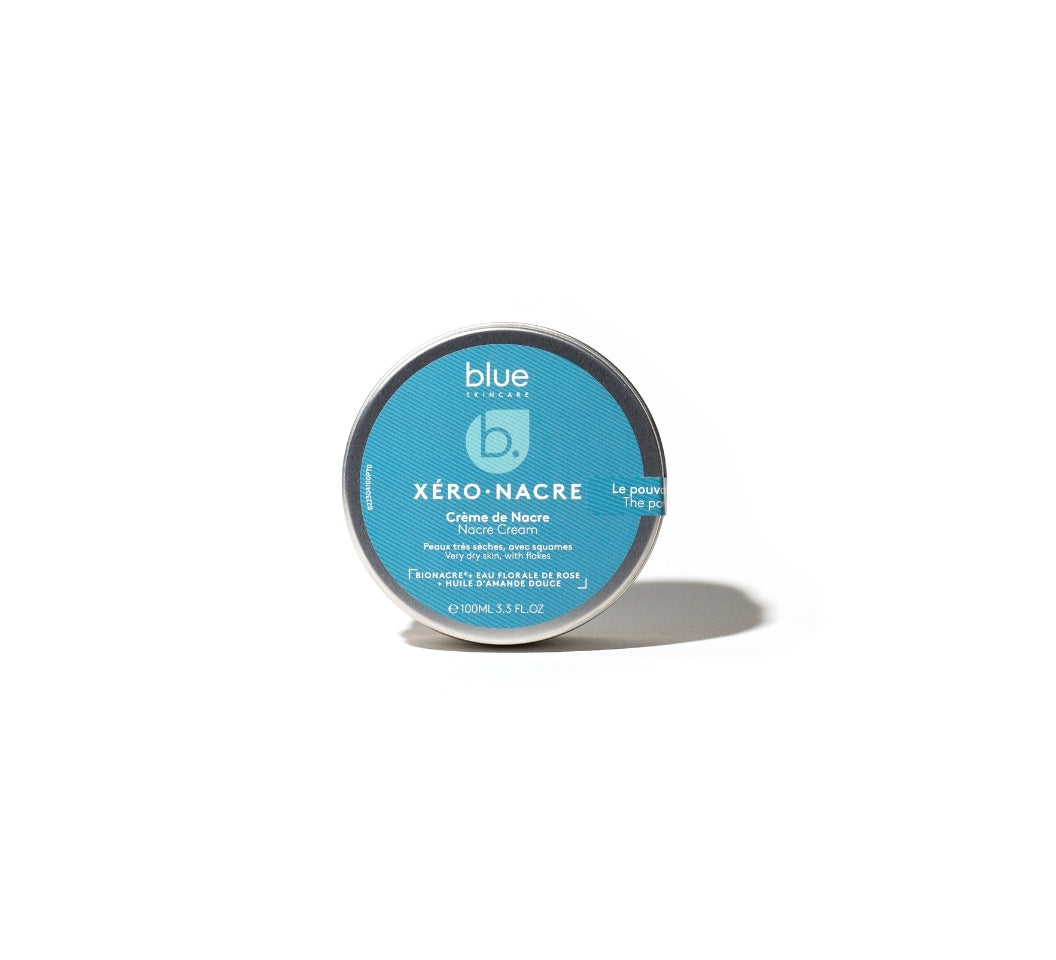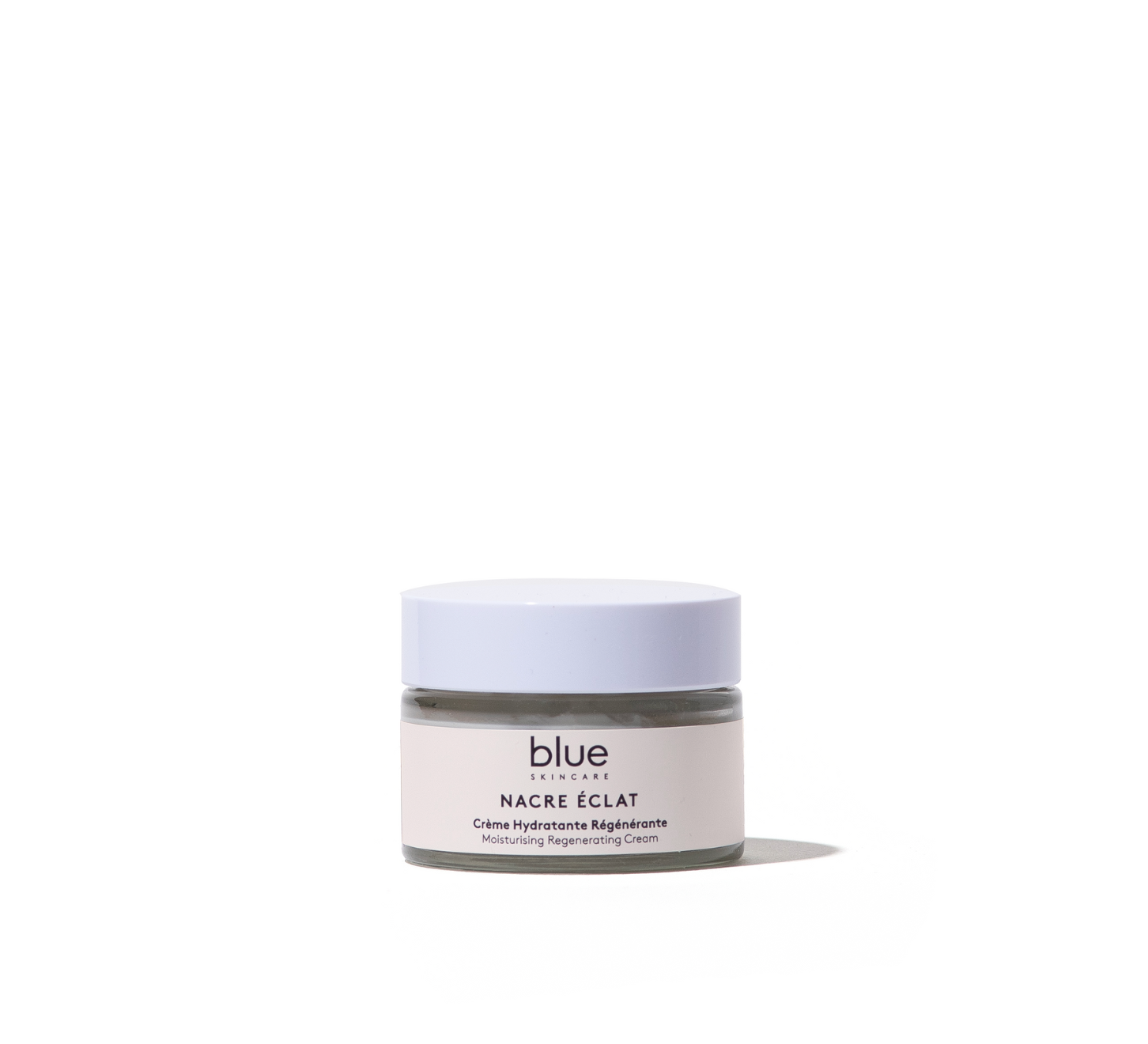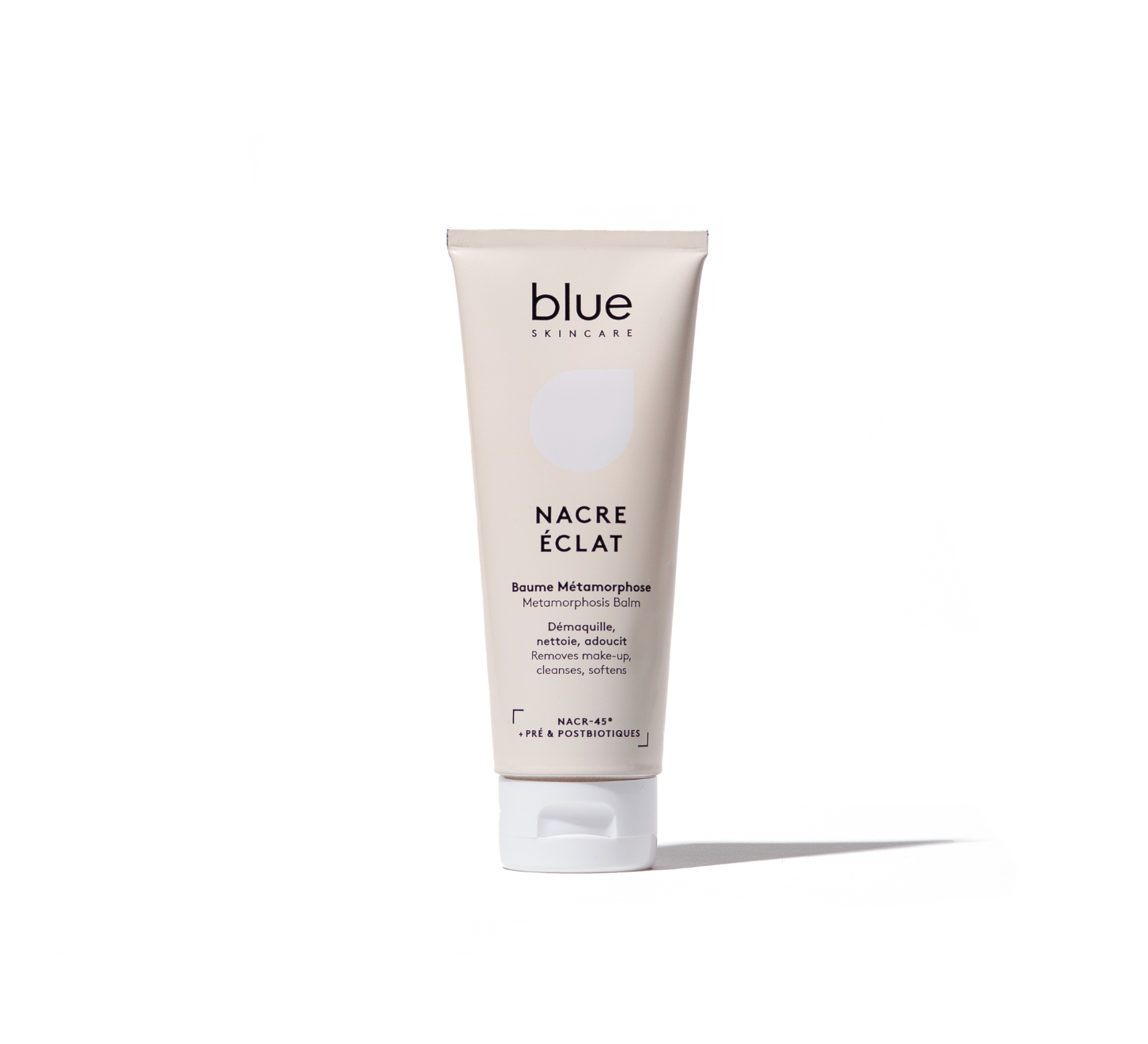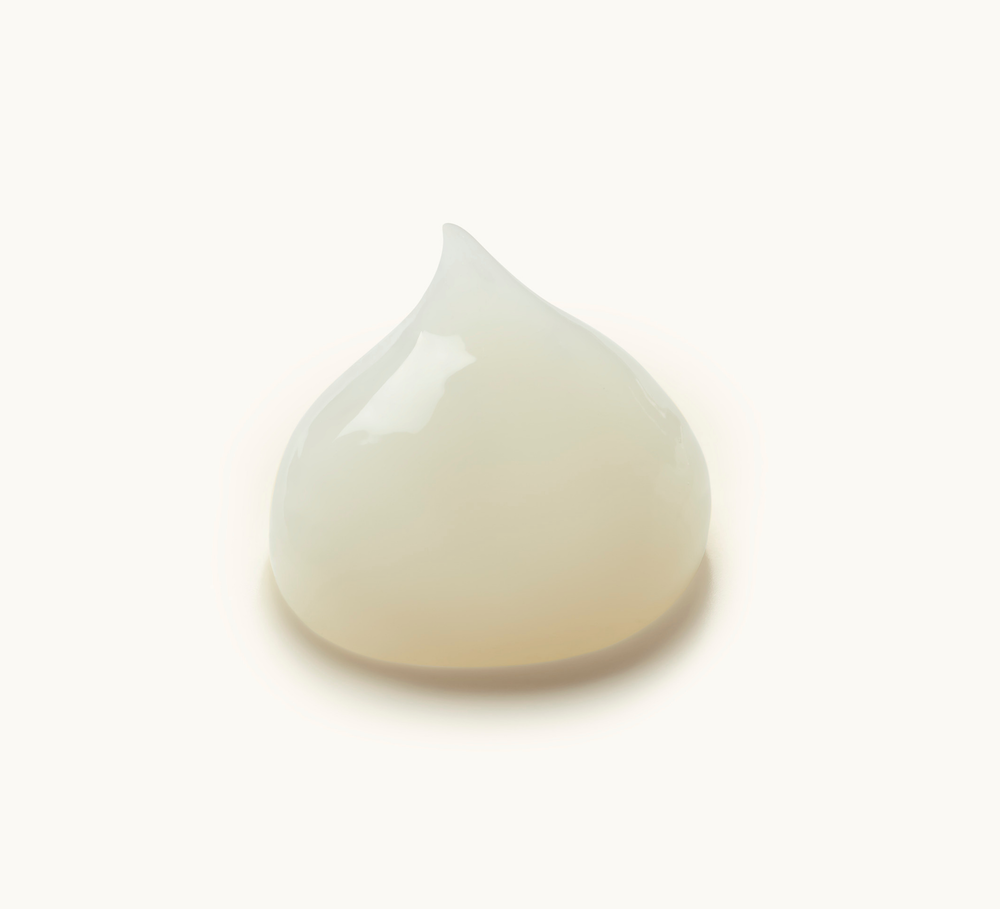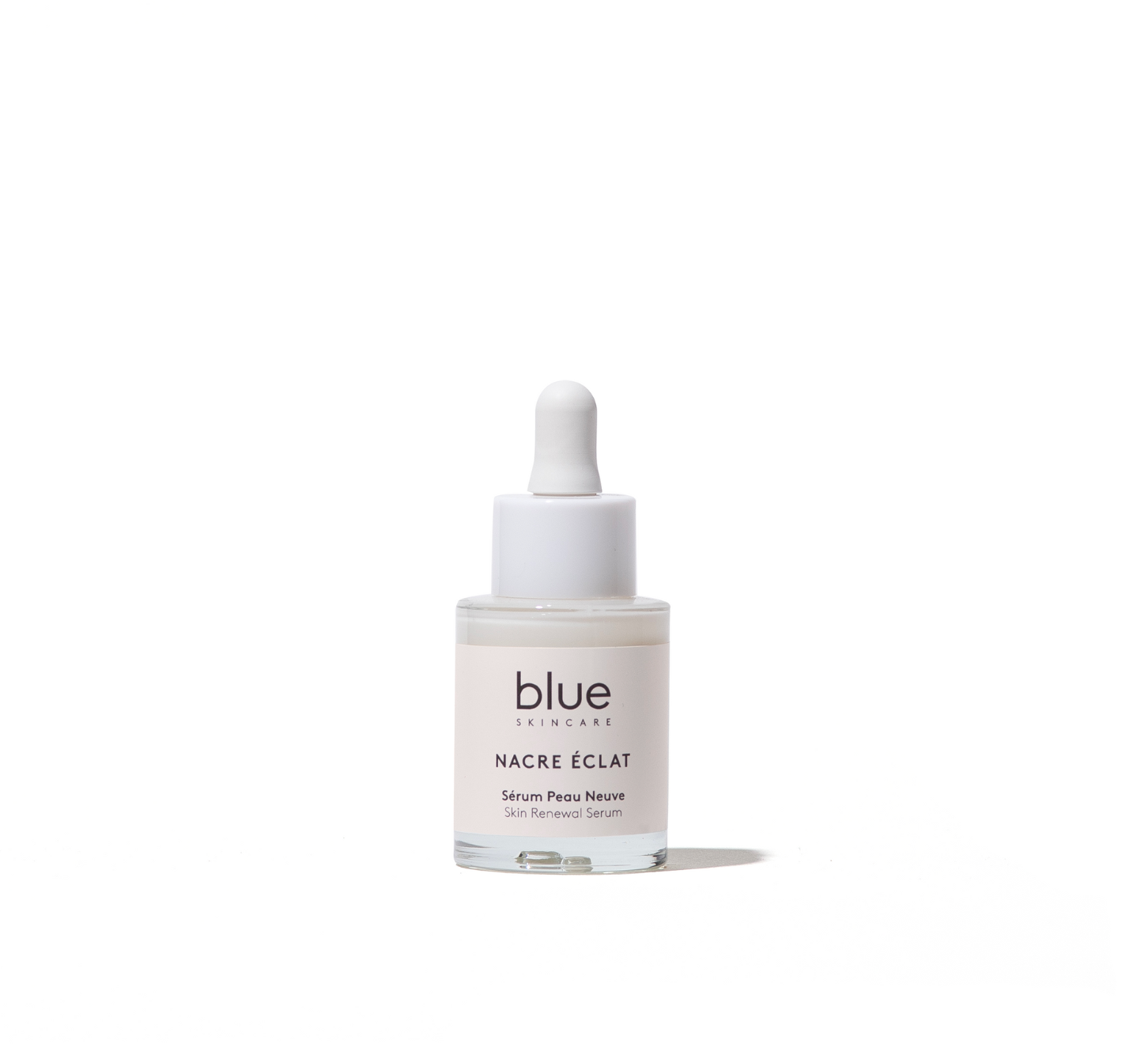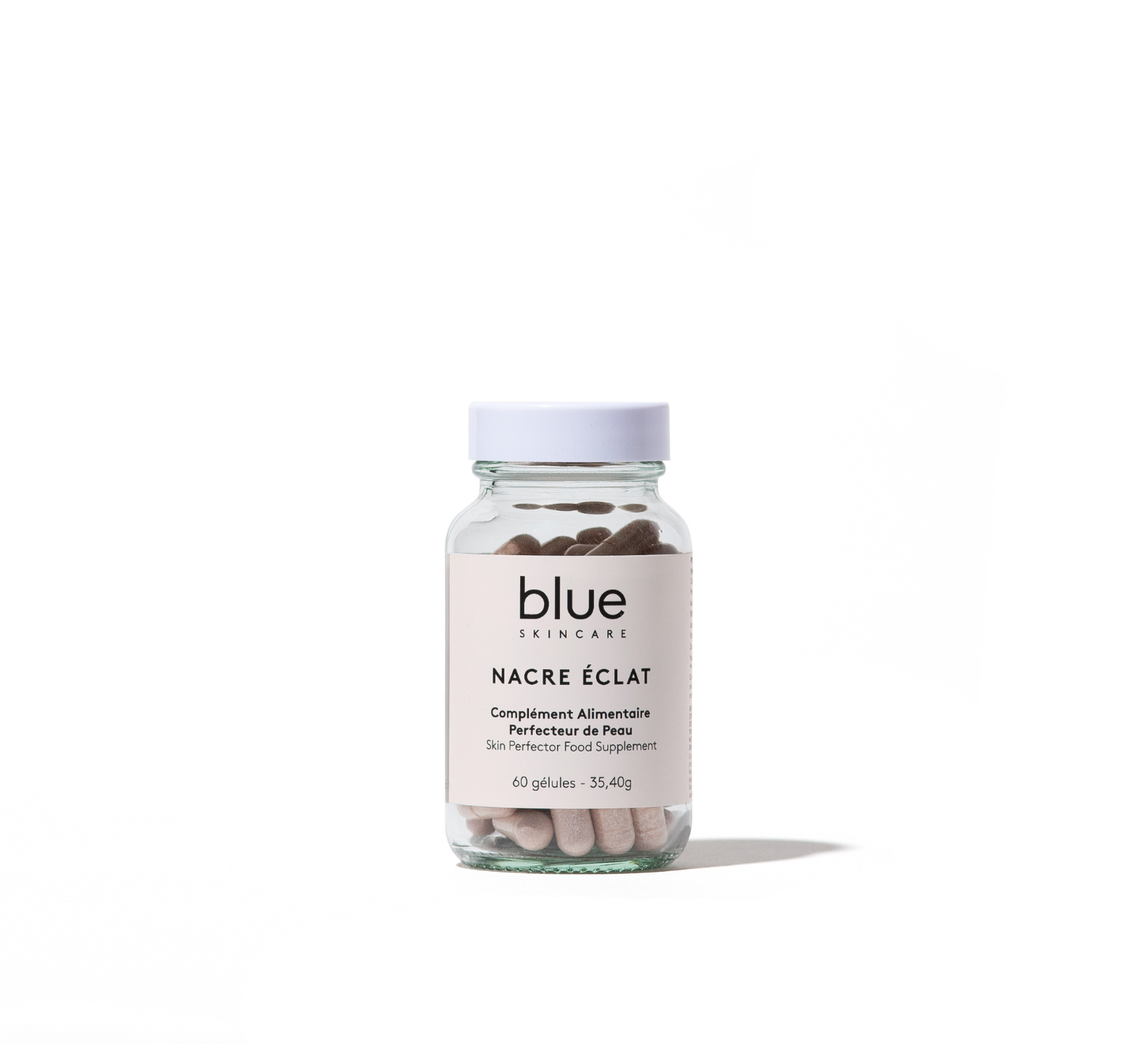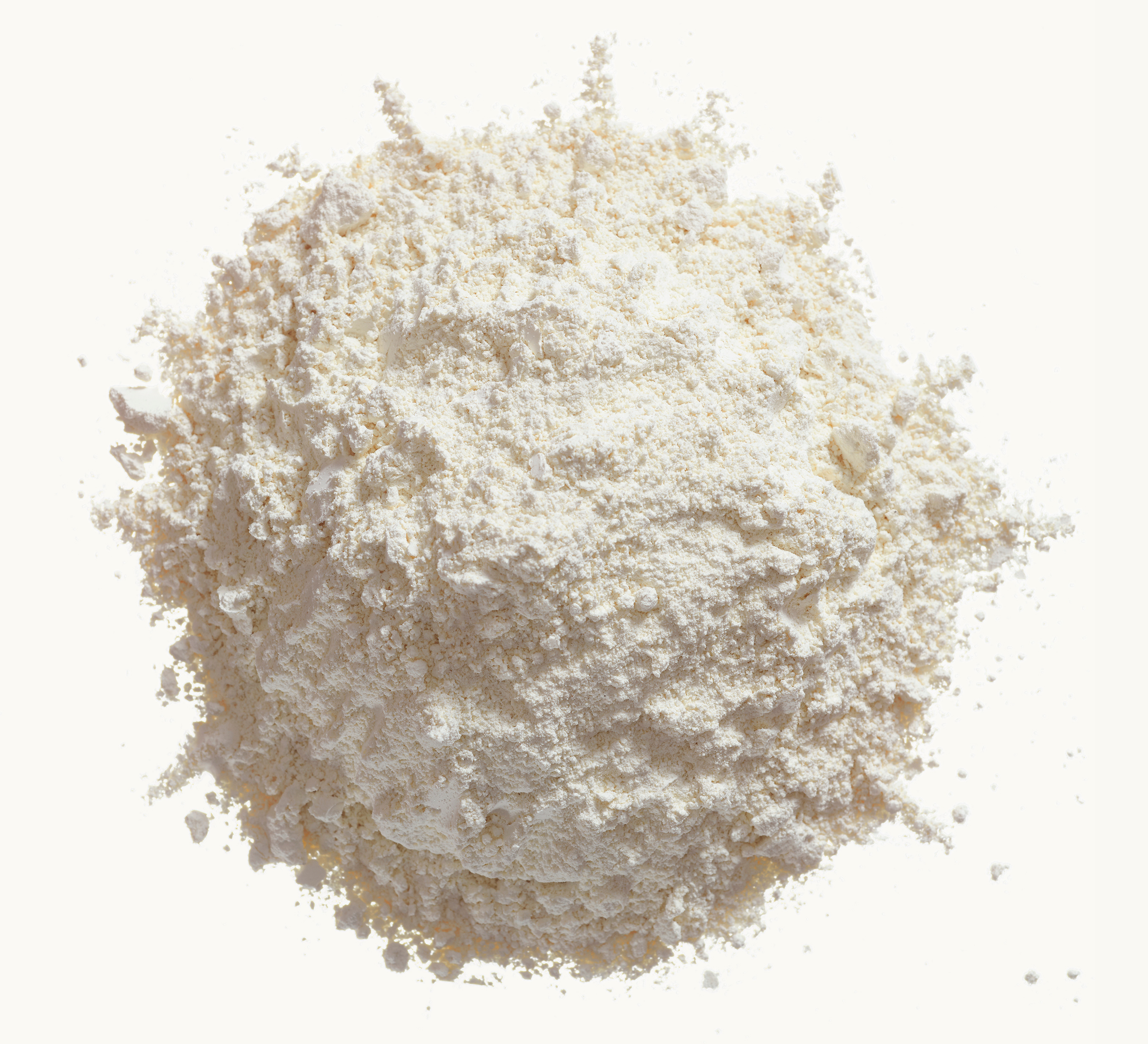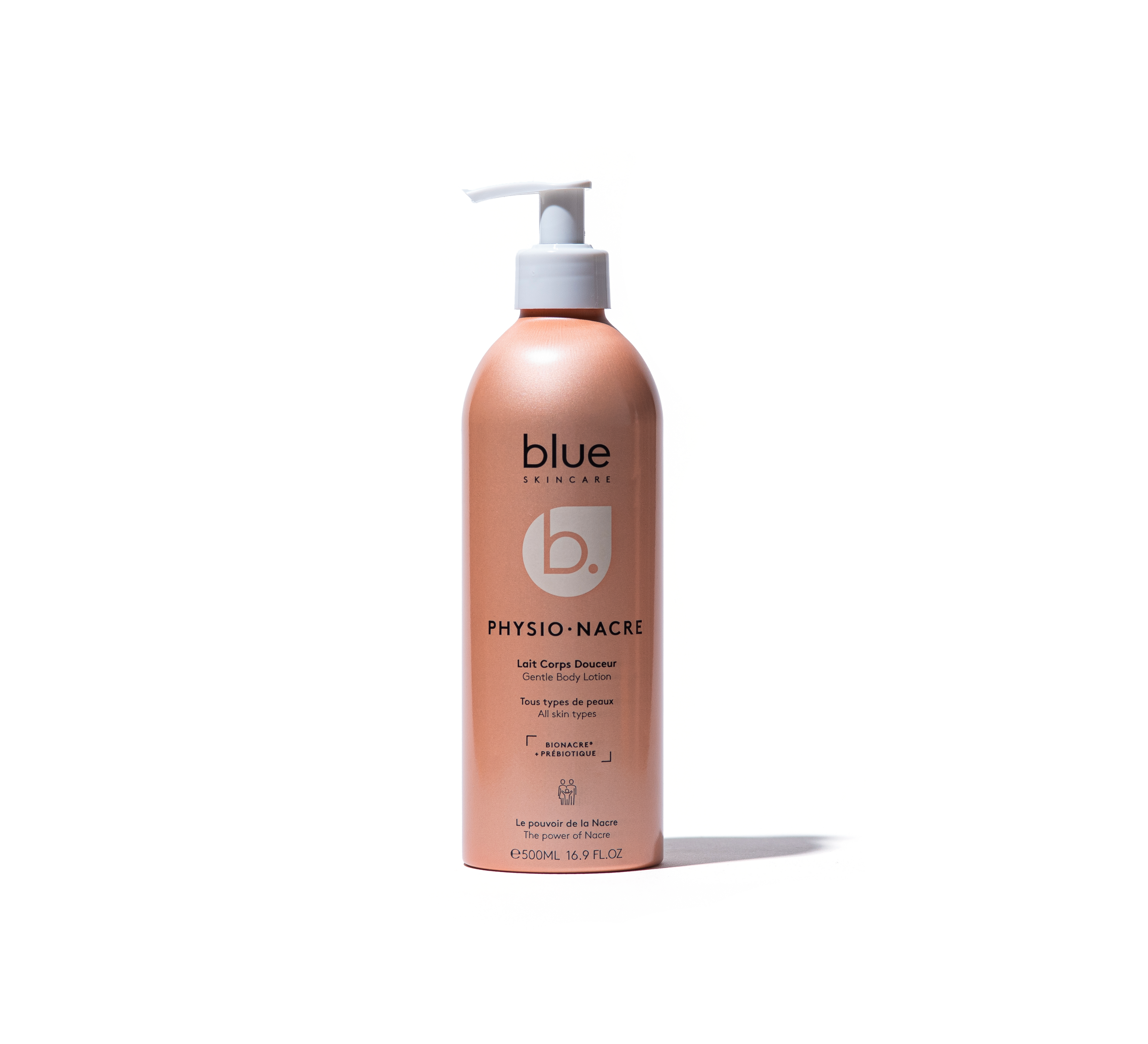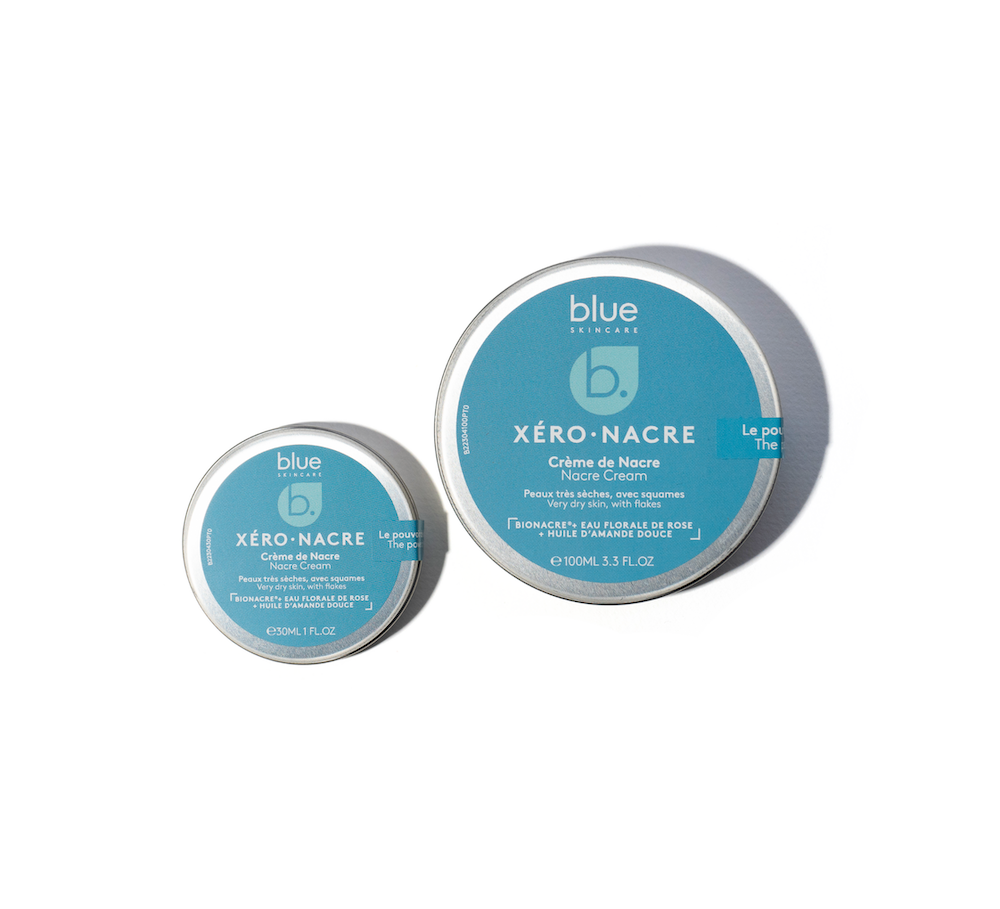For three years, fashion and the pollution it causes have been under fire. In fact, fashion is the second most polluting industry in the world .
According to Greenpeace, more than 100 billion items are produced each year, it's dizzying! French women buy an average of 30 kilos of clothing and accessories per year. Each kilo of linen pollutes 200 liters of water.
So, brands are reacting and new expressions are emerging: ethical fashion, eco-responsible fashion, sustainable fashion, “clean” fashion, transparent fashion, respectful fashion, “upcycled” fashion, conscious fashion, “sustainable” fashion and of course clean fashion . If the word clean is already widely used in cosmetics, there is no official definition. So, what is the definition of clean fashion? How to find your way through all these new “fads”? An overview.
A real acceleration since the 2020 health crisis

Unsurprisingly, clothing purchases fell sharply in 2020 and well-known brands went bankrupt, both in the US and in Europe (J. Crew, American Apparel, André, Camaïeu, Naf Naf, etc.). Consumers have had plenty of time to ask themselves: do we need so many clothes in our closets? Is it reasonable to buy more and more clothes that will last one or two seasons, sometimes at low prices? To support a polluting industry that destroys a huge amount of its unsold items?
In Sweden, the "köpskam" movement, shame of shopping, has been gaining momentum since 2018 and specifically targets the act of buying clothing. Like the "flygksam" movement, shame of flying, which had been much talked about worldwide. But it is the circuits of the fashion industry and its process that need to be rethought.
Several fashion designers have themselves written manifestos and charters for environmentally friendly fashion and are already making collections in this sense (Marine Serre and Dries Van Noten in particular). In May 2020, 600 designers and buyers called for profound changes in fashion via an open letter.
The first questions and awarenesses concerned the use of fur, in the 80s. Over the past five years, everything has accelerated via social networks with the rise of the "vegan" philosophy. To think that Stella McCartney had initiated this movement in the early 2000s!
Under pressure from consumers and animal rights activists, many major brands have stopped using fur in their collections (Burberry, Versace, Gucci, Armani, Givenchy, Ralph Lauren, Calvin Klein, and also the luxury retailer Net-a-porter.com, etc.). However, the synthetic materials used to make these fake furs are also problematic, as they are highly polluting. Research is increasing to find a satisfactory eco-friendly fur. Frédéric Godart, fashion sociologist and professor at HEC, states, "In about twenty years, there will be no more products of animal origin in fashion." Goodbye leather, silk, wool...
From Fast Fashion to Clean Fashion
We all remember those terrible images of a building housing a textile factory collapsing in Bangladesh in 2013, killing more than a thousand people. A whole part of the country's economy is based on fast fashion , which is another problem. How can we slow down and stop the incessant "Fashion Weeks" events that are causing massive overproduction? During the first lockdown, many brands transformed the constraint into an opportunity to imagine digital events, some of which were particularly creative.
Anti Fashion, a virtuous initiative for Clean Fashion
The high priestess of trends Li Edelkoort published her Anti Fashion manifesto in 2015. Originally to denounce the absurdity and obsolescence of the fashion system, across its entire chain. It was a real detonator for Stéphanie Calvino, who then launched the Anti Fashion Meetings in Marseille in 2016. Alerted by the fact that "no one teaches young designers to produce differently or the public to consume differently", these days have a success that grows every year. And other independent players are setting up training courses, such as the Moocs of Annick Jehanne, President of FashionGreenHub.org, an association of fashion and textile business leaders founded in 2015, whose last Fashion Green Days took place in January 2021.
Upcycling, a Clean Fashion option?
Upcycling , or making something new out of something old, is indeed part of clean fashion in the sense that it offers answers in terms of sustainable fashion and circular economy. This allows brands to have a 'green' bonus! The giant H&M understood this well and launched its "Conscious Exclusive" collection in 2012, which uses, for example, plant waste to replace synthetic fibers, like the Vegea grape 'leather' made from post-harvest grape skins, seeds and stems. And it's even better when they are associated with clean dyeing methods - information rarely communicated to the consumer. Cotton can be organic and extremely polluting, because of its water consumption and the chemical dyeing process! Moreover, it is better to use linen, which is biodegradable, consumes very little water and in which "everything in the plant is useful and used" according to the Uniqlo brand, which moreover does not use chemicals at the different stages of processing its premium linen.
In any case, upcycling stimulates innovation and creation. The young designer Marine Serre (winner of the 2017 LVMH prize) is one of the best representatives of this process and her recovery of old clothes is astonishing. Also worth noting is the work of the Andrea Crews label since 2002 and the Les Récupérables brand, founded in 2016, which recovers non-compliant fabrics and fabric scraps from workshops. A great idea, like all the anti-waste food initiatives (ugly vegetables, Too good to go, etc.).
Eco-responsible fashion, a response from Clean Fashion?

At the end of 2019, the French Fashion Institute estimated that sustainable fashion already represented 7 billion euros in turnover. Large distributors and manufacturers therefore have every interest in taking into account this strong trend as well as consumers' sensitivity to the impact of consumption. A new attitude that is part of Clean Fashion.
- Carrefour has committed to ensuring that its textile collections sold under its Tex brand contain 100% sustainable and traceable materials by 2030. This will reduce the environmental impact of their supply chain and packaging. Work across the entire value chain is to be commended, even if 2030 seems like an eternity, given the acceleration of biodiversity and climate degradation.
- Zalando has included a sustainable fashion offering, called "Small steps, big impact." And incredibly, by 2023, this European leader will only distribute brands with eco-responsible standards! It remains to be seen how these standards will be defined.
- Zara has announced that it will "review its quality standards and train designers in circularity." This would still require these giants to produce less, which is not guaranteed!
- Kiabi aims to be 100% sustainable by 2030.
- Reformation, one of the historical references, born in San Francisco in 2009 is the eco-cool brand of celebrities, carrying a great humor via its slogan: "Being naked is the #1 most sustainable option"! Quantities of materials are banned, such as nylon, polyester, formaldehyde (wow, there is even formaldehyde in clothes!! No wonder it is recommended to wash clothes bought new at least twice...).
- In France, we have eco-responsible brands: Sézane, Atelier Bartavelle, Atelier Tuffery, 1083, Ektor sneakers, the wedressfair e-shop, etc.
Pre-order fashion, a Clean Fashion solution?
This is an excellent option that would directly allow producing less and in the right quantities! A dream for entrepreneurs who thus reduce their tied-up cash and who, in addition, can request advances during pre-orders. A virtuous model well used by DNVBs (Digital Native Vertical Brands), young companies born with digital, in all sectors. The Mode Operandi brand initiated this process in high-end ready-to-wear in 2010, others followed such as the British Pangaia, the French Atelier Loden, Maison Cléo and Asphalte.
Buying second-hand, in Clean Fashion mode?
Experts say that before 2030, second-hand fashion sales will surpass new purchases! For Virgil Abloh, artistic director for men at Louis Vuitton and founder of the Off-White brand: "Fashion will mean stopping buying new, it will be like going into the archives". The Vinted platform is a real success, especially in France where it was launched in 2013 (who knows a teenager who has never sold or bought on Vinted?!) that major retailers have followed suit. For example, Zalando has recently started offering a "pre-owned" fashion offer and the buyer receives a credit for the value of the transaction. Brands like Etam, Petit Bateau, H&M have started selling second-hand. A turnaround for some of these brands based on disposable and low-cost fashion. And a commercial opportunity so as not to let this entire market slip away from them since sellers receive vouchers that they cannot spend elsewhere.
Renting your clothes, an alternative to Clean Fashion
But of course, renting your wardrobe, what a great idea! Many young companies have flourished by offering this rental service (Everyday Runway, Le Closet, Little Clotherie, etc.). Which is completely consistent with our new habits, since 2008 owning has lost its status in favor of renting. In fashion, this allows you to afford to wear beautiful designer pieces, without the significant expense that goes with it. Or quite simply to have the pleasure of often renewing your basics. The only problem is that it deprives you of the attachment to a piece in which you like to curl up and which makes you feel good, which you often keep for a very long time, or even pass on! And the rental system also has the disadvantage of being polluting between transport and the numerous cleanings involved.
Ensuring transparency, the holy grail of Clean Fashion?
Yes, as long as the raw materials are natural and “green”! Carrefour wants to make all of them traceable for its Tex products by 2030. The health crisis has been a real catalyst, including among younger generations, who are nevertheless fond of disposable fashion: for H&M, “Digital Natives, these young consumers born with digital technology, understand these issues better than anyone else, since they were born with unlimited access to information”. Transparency is becoming a priority criterion for customers and an advantage over the competition: “They now demand to know how clothes are designed and if the production chain is good for society. This generation Z also wants to know if our impact is positive on society”. Maison Standards, launched in 2013, describes each stage of production of its clothes on its website. Jeans purchased can be returned to stores to be recycled. Everlane, born in the United States 15 years ago, has made transparency its motto while driving this movement of brands born with digital.
Beware of greenwashing
There are many solutions to buy more ethical and cleaner fashion, without sacrificing the look! Ecological and eco-responsible fashion must be at the same level of quality, comfort, aesthetics and design as traditional fashion.
It's about being attentive to the claims of brands, to the overall chain and the carbon footprint. And beware of the greenwashing denounced by Isabelle Marant: "At the moment, we're producing down jackets from recycled bottles: it's great to reuse petroleum fibers. But basically, we're making money on the back of ecology. It's not so virtuous."
Clean Fashion opens the field to many questions: what is the right volume to not damage the planet, people, resources? The question of production is crucial. Indeed, if the globalized fashion giants produce less each year, the circular economy will not be able to compensate. So this industry will have to review its model by selling less, but better quality products that will last longer and therefore more expensive. And there, it is the consumer who can decide at any time to stop buying a brand whose values do not suit him or to reduce his purchases to follow a more eco-responsible fashion in a world that is also cleaner.
